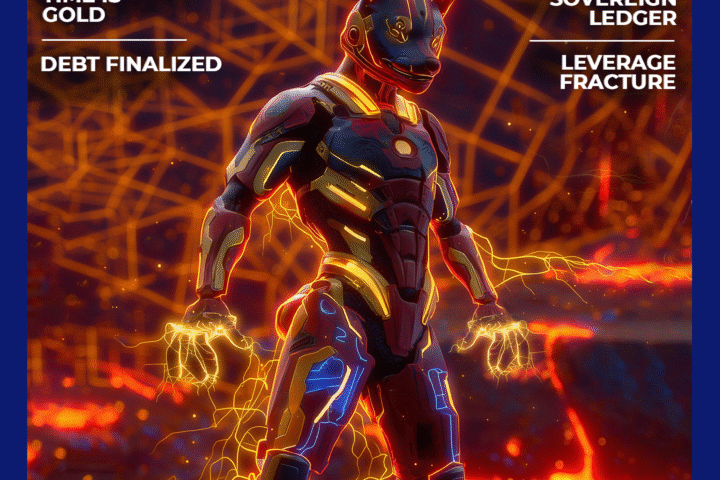Rejecting calls for ideological purity in Web3, Singapore-based fund manager and intergovernmental advisor Anndy Lian has unveiled a vision for “Web4,” a practical, AI-integrated internet. Speaking at Taipei Blockchain Week 2025, Lian argued that security, user-centric design, and financial incentives—not abstract ideals—are the keys to driving mainstream adoption.
Key Points
- Introducing Web4: AI-native, decentralized framework focused on usability and practical application over ideology.
- Zero Data AI Architecture: AI operates without storing raw user data, with blockchain verifying privacy.
- Incentives Over Ideals: Financial rewards, such as AI-powered trading agents, are the most effective driver for mainstream adoption.
Cutting Through the Hype
Web3 has long promised a decentralized internet, but Lian argues that many platforms only offer an illusion of decentralization, replicating centralized power structures behind a blockchain veneer. Speaking on the “Infra Wars” panel, he presented a grounded approach, prioritizing functionality and security over rigid adherence to decentralization for its own sake.
“Full decentralization, you know right now, remains a big challenge,” Lian said. “I just want to keep things very simple: computing part is definitely a must, storage if you can do it decentralized, I think it’s great, but we should always find ways to make sure that the security part of things in the infrastructure is well managed.”
Lian’s stance positions him as a pragmatist in an industry often dominated by idealists. Success, he argues, is measured not by how decentralized a system is, but by how effectively it operates without hacks or user losses.
Introducing Web4
Lian coined the term Web4 to describe a next-generation internet built with AI as a native infrastructure component. Autonomous AI agents could function as independent economic participants, such as AI-powered liquidity providers or community moderators that operate and earn within the system without direct human intervention.
“If there’s a chance for us to redo it again with all these AI experts, something like Web4 will be a lot better,” he said.
A cornerstone of this vision is the “zero data AI architecture.” In this model, AI operates without storing raw user data, while blockchain serves as a trust layer, cryptographically verifying that user data was not retained. This approach addresses privacy concerns while allowing AI to function efficiently—a balance between Big Tech data monopolies and the ideals of full decentralization.
Driving Adoption Through Incentives
Beyond technical design, Lian emphasized the challenge of bringing mainstream users to decentralized platforms. Economic incentives, not ideology, are the most effective driver.
“The best way for people to experience AI and blockchain is to teach them how to make money,” he said, highlighting AI-powered trading agents as a practical entry point. This focus reflects a broader industry shift toward creating tools with real-world utility, moving beyond speculative applications.
The Pragmatic Path Forward
Ultimately, Lian’s Web4 framework proposes a middle path: balancing technological ambition with human behavior and market reality. “Success isn’t about AI or decentralization alone,” he concluded. “It’s about protecting users, creating value, and making technology approachable. Web4 is my roadmap for that balance.”
Read More
- Meta Adds WhatsApp and Messenger Warnings to Protect Seniors from Online Scams
- Fetch.ai CEO Offers $250K Bounty Amid Alleged Ocean Protocol Token Scandal
- Kadena Team Exits, KDA Token Crashes Nearly 80% Amid “Market Conditions”
- K9 Finance DAO Restores BONE Staking, Unstaking Now Takes 24 Hours
- Tokens and Coins: Understanding Their Key Differences And Practical Uses










